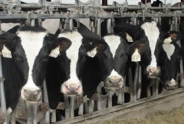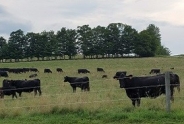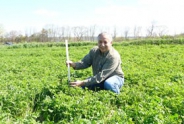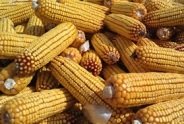Field Crop Update, July 3, 2025
Erik Smith, Area Field Crop Specialist/Team Leader
Central New York Dairy and Field Crops
What a spring to forget!
I think it's safe to say that (save for a few fields here and there), we've made it through corn and soybean planting season. Lots of acres replanted due to poor stands (pests, damping off, flooding). Lots of late first-cutting. But corn is definitely perking up (as far as V6 in some places), and soybeans are as far as V4. Knee-high by the 4th of July is a real possibility for many of our corn fields, but nothing close to what we expect these days, which is closer to shoulder-high by the 4th.
Thank you to those who reported weather damage you experienced or observed. This allows us to keep Ag and Markets in the loop about the conditions that farms are facing. As the thunderstorm season heats up, please continue to reach out when you experience or observe farm losses.
And due to the difficult conditions this spring, we've already received a few inquiries about a topic that we don't usually hear about until later in the year: the value of standing corn silage. Our colleague, John Hanchar of the Northwest NY regional CCE team, wrote a great article that may be of use to you if this a question you have: https://blogs.cornell.edu/nwny-dairy-livestock-field-crops/2025/07/02/crop-alert-pricing-corn-silage/
And if you haven't already, be sure to pre-register for our upcoming Corn and Soybean Seed IPM field day at SUNY Cobleskill: https://cals.cornell.edu/events/ipm-strategies-protect-corn-and-soybean-seed-new-york-state-cobleskill-meeting In addition to learning more about our neonicotinoid seed treatment trials, we're offering 1.5 DEC credits (Cat. 1A, 4, 10, 21) and 1.5 CCA credits (Cat. TBD). And free lunch!
2. Pest Monitoring
The late planting season could mean a difficult season for pest mgmt as crops have not had any real head-start. Soybean aphids are starting to show up, and potato leafhoppers are here in full force. My corn moth pest traps have been all but empty, so I'll spare you the chart. But we're monitoring them across the region again this year. Soon we'll be monitoring Western Bean Cutworm and Fall Armyworm. I've seen some minor losses to black cutworm, but we're rapidly reaching the stage where plants are no longer at risk (V5). Seed pests played havoc with early soybean acres due to the cool, wet conditions, so I know there were a lot of replanted acres around the region.
The wet conditions could also mean a bad year for diseases - we already have several reports of corn damping off (pythium) causing complete losses and replants in fields around the state (see pics below). Tar spot is showing up in PA, so this is definitely a year to keep your eye out for this new disease. Usually the moisture we have in the northeast is a blessing, but this year we've certainly had more than our share….
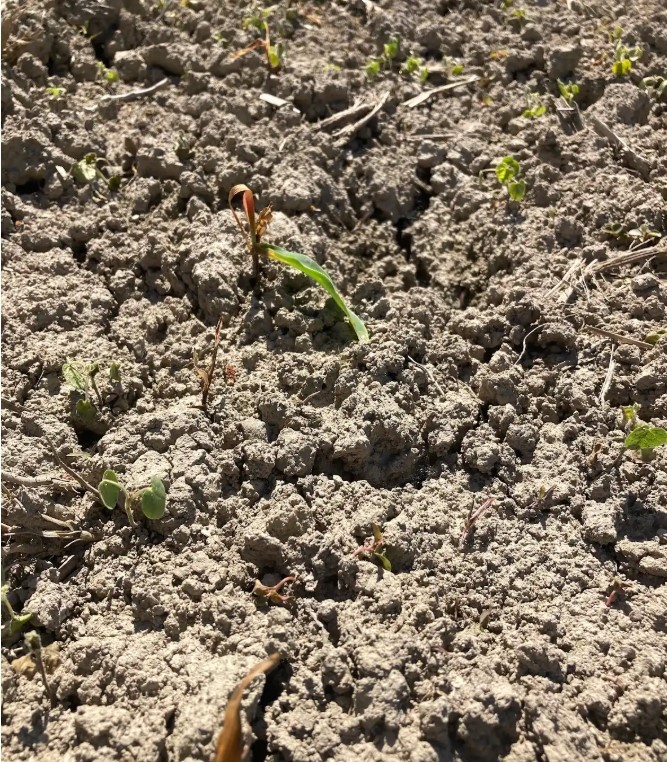
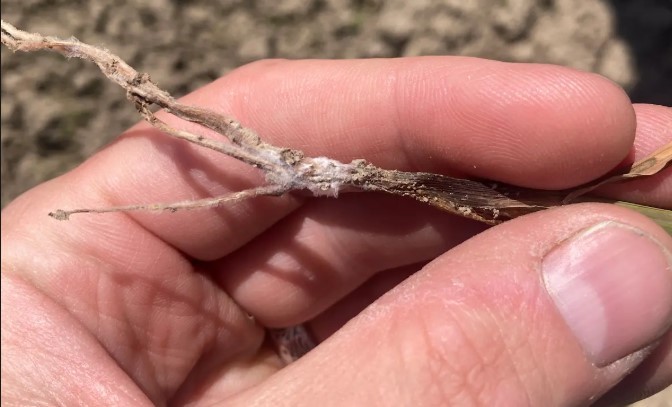
A. Potato Leafhopper in Alfalfa
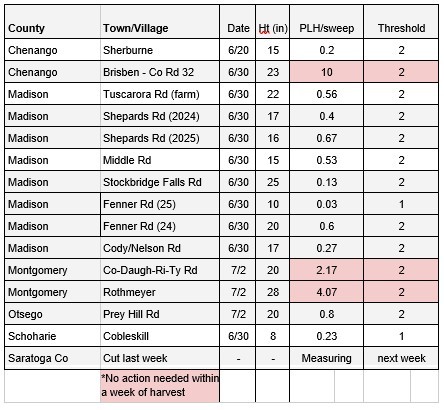
3. Growing Degree Days (GDD) (See: Climate Smart Farming Growing Degree Day Calculator) Growing degree days (GDD) are calculated by taking the average daily temperature and subtracting the base temperature for development of a given organism ((High + Low)/2 - base temp = GDD). For corn silage, we are using base 50/86, as corn development starts at 50 degrees F and ceases above 86. Check your location and planting date:
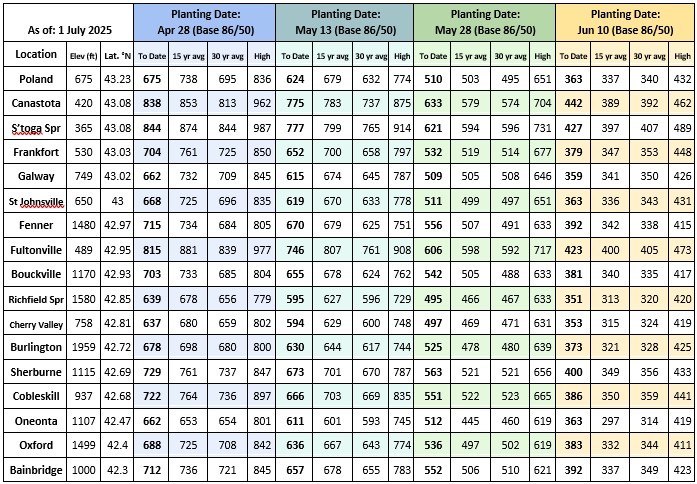
See you in the field!
Upcoming Events
2026 Dairy Day
January 13, 2026 : Dairy Day - Hamilton
Hamilton, NY
Lunch included
January 14, 2026 : Dairy Day - Ballston Spa
Ballston Spa, NY
Lunch included
2026 Corn & Soybean Day
January 20, 2026 : Corn & Soybean Day - Hamilton
Hamilton, NY
Lunch included. 2.75 DEC Credits available
January 21, 2026 : Corn & Soybean Day - Ballston Spa
Ballston Spa, NY
Lunch included. 2.75 DEC Credits available
Pesticide Applicator Exam Prep Course
February 2, 2026 : Pesticide Applicator Exam Prep Course - Ballston Spa
Ballston Spa, NY
February 5, 2026 : Pesticide Applicator Exam Prep Course - Cobleskill
Cobleskill, NY
February 6, 2026 : Pesticide Applicator Exam Prep Course - Herkimer
Herkimer, NY
February 9, 2026 : Pesticide Applicator Exam Prep Course - Morrisville
Morrisville, NY
February 13, 2026 : Pesticide Applicator Exam Prep Course - Norwich
Norwich , NY
Announcements
Statewide Field Crop Pathology Needs Assessment Survey
Your input is wanted for identifying priorities!Sign Up for Our Weekly E-Newsletter
We send out a bi-weekly e-newsletter that has announcements, upcoming programs, and opportunities for you! Registration is quick, easy, and free. Click here to sign up today!Farmers Can Join MeatSuite For Free!
MeatSuite.com is a free resource provided by Cornell University where NY meat farmers can create a farm profile and list their bulk (wholes, halves, quarters) and bundled (i.e. Grilling Bundle) meat products.Why should farmers join?
1. It's free and easy!
2. Connect with more local customers. In the past year the MeatSuite.com farm directory had 8,300 visits from New York consumers. Farm profiles get as many as 25 views per month from potential local customers. We also spotlight MeatSuite farms on social media and bring attention and purchases to farms through highlights and giveaways.
How do I join?
Farmers can visit https://www.meatsuite.com/farmers/ to create a free farm profile. You must list at least one product for your farm's profile to go live. You'll also have access to Cornell's free Meat Price Calculator, a helpful tool for pricing your meat to make a profit.
While you're on MeatSuite, check out the "Creating Consumer-Friendly Bulk Meats" publication on the log-in page. It has tips on how to create bulk meat products that are easier for first-time buyers to say "yes" to.
If you have any questions as you create your farm profile or products, we're here to help! Please email Matt LeRoux at mnl28@cornell.edu.

